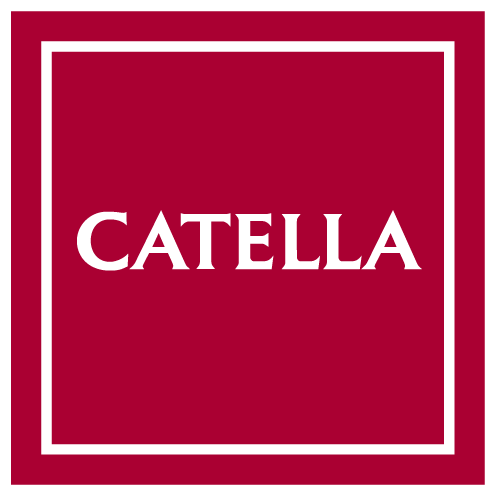This company trip to southwestern Sweden begins with a meeting on the beautiful Bjäre peninsula with Lindab’s CEO Ola Ringdahl. Lindab develops, manufactures and markets products and system solutions for construction and indoor climate, and was founded in 1959 by Lage Lindh and Valter Persson.

Ola has been CEO for over a year, and much of the meeting centres on him talking about his impressions, what has been done and the way forward. Ola’s focus has been to improve profitability. This has led the company to refuse certain orders that have not met a profitability requirement. The result has been lower sales than in the strong 2018, but above all a significant margin improvement. Lindab is an important holding in Catella Småbolagfond. We believe the company is attractively valued and that the improvement potential we see is not reflected in today’s share price.
After the meeting with Lindab, out journey continues to Halmstad where we meet with HMS Networks. The meeting is with one of the company’s two founders, CEO Staffan Dahlström, and CFO Joakim Nideborn. HMS was founded in 1988 based on a degree project at Halmstad University. The company is a world leader in industrial communication, with operations in 16 countries and more than 5 million installations with customers such as ABB, Siemens, Rockwell, Sony and Panasonic. Its exposure to the automation trend in the engineering industry gives the company a structural growth profile that is interesting, especially when combined with its acquisition strategy.

HMS’s target is to grow its sales by 20% per year and at the same time have an operating margin above 20%. In recent times, however, the company has been a bit behind the growth target. In 2019, HMS has been adversely affected by weaker demand from manufacturing. In the third quarter, organic order intake was down 5% and the company’s organic growth was only 1%. We currently do not own HMS in our funds, but it is a company that we are watching.
Our journey ends in Markaryd, with a meeting at industrial group Nibe. About 1,200 people currently work at Nibe in Markaryd, which is impressive given that Markaryd town itself has only around 5,000 inhabitants and the wider municipality 10,000.
Nibe has run at a profit since the original companies in the Nibe group, Backer in Sösdala and Nibe in Markaryd, were founded in 1949 and 1952. The group develops and manufactures intelligent and energy efficient solutions for applications such as heat pumps for indoor comfort in all types of properties.
Nibe’s financial targets are clear, and the operating margin should be at least 10% of sales while average growth should amount to 20% per year. Half of the growth should be organic and half acquired. Asserting that Nibe has had a fantastic development is no exaggeration. At the IPO in 1997, the company had a market value of approximately SEK 400 million. This has grown to today’s 74 billion. The recipe for this success is a strong culture of entrepreneurship, long-term investments in sustainable product development and strategic acquisitions.

% performance since listing, including dividends, in SEK
At Nibe, we are met by IR Manager Christel Fritiofsson and CFO Hans Backman. During the meeting, we discuss everything from the Nibe culture, the most recently announced acquisitions, the outlook for the company’s products in Europe and the US, sustainability and the company’s financial target for sales of SEK 40 billion in 2025. It is worth noting that it had sales in 2018 of SEK 22.5 billion.
Following the discussions, we get to see company’s new production facility located in a closed furniture factory next door to Nibe’s head office. Hans says that the negotiations between the owner of the property and the company went on for 15 years. I ask if the buyer or seller is most satisfied with the deal.
The response I get is that "this is Småland, so no one is never really satisfied".

